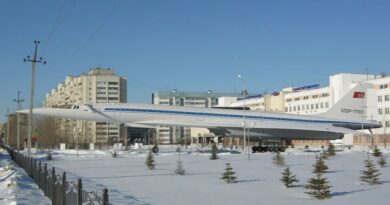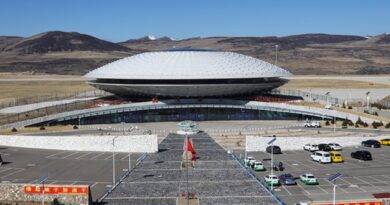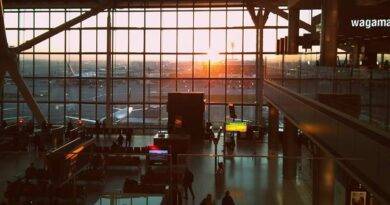Airports with Seasonal Increases in Aircraft Traffic
Many airports around the world experience seasonal spikes in aircraft traffic. These increases are driven by tourism, weather, and special events. Airports must manage their capacity efficiently during these peak periods to maintain smooth operations. Below are examples of airports that face such seasonal surges and the reasons behind them.
1. Tourism-Driven Airports
- Phuket International Airport (Thailand)
- Peak Season: November to April.
- Reason: Tourists flock to Phuket for its beaches and warm weather during the dry season.
- Capacity Management: Airports increase runway operations, extend operating hours, and hire temporary staff to handle the surge.
- Palma de Mallorca Airport (Spain)
- Peak Season: June to September.
- Reason: European tourists visit for summer holidays.
- Capacity Management: The airport expands terminal areas, adds temporary gates, and upgrades baggage handling systems.
- Denver International Airport (USA)
- Peak Season: December to March.
- Reason: Winter tourism for skiing in the Rocky Mountains.
- Capacity Management: Additional de-icing facilities and increased snow removal resources are employed.
2. Weather-Influenced Airports
- Dubai International Airport (UAE)
- Peak Season: November to March.
- Reason: Cooler weather attracts tourists from colder regions.
- Capacity Management: The airport schedules more night flights and adjusts flight times to manage the peak demand.
- Keflavik International Airport (Iceland)
- Peak Season: May to September.
- Reason: Summer tourists come for the long daylight hours and milder weather.
- Capacity Management: The airport increases gate utilization and expands seasonal terminal space.
3. Event-Driven Airports
- Rio de Janeiro–Galeão International Airport (Brazil)
- Peak Season: February (during Carnival).
- Reason: Carnival attracts many international and domestic visitors.
- Capacity Management: Airports increase security staff, arrange special charter flights, and use auxiliary terminals.
- Minneapolis-Saint Paul International Airport (USA)
- Peak Season: Late August to early September (Minnesota State Fair).
- Reason: The Minnesota State Fair boosts air traffic.
- Capacity Management: Extended checkpoint hours and temporary facilities are utilized.
4. Seasonal Travel and Migration Airports
- Heathrow Airport (UK)
- Peak Seasons: July to September (summer holidays) and December (Christmas/New Year).
- Reason: High travel volume for vacations and holidays.
- Capacity Management: The airport optimizes gate scheduling, increases staffing, and uses remote stands.
- Los Angeles International Airport (USA)
- Peak Seasons: November to January (Thanksgiving, Christmas, New Year).
- Reason: High domestic and international travel during the holidays.
- Capacity Management: Additional screening lanes and coordination with airlines help manage the traffic.
Capacity Management Strategies
Airports use several strategies to manage these seasonal peaks:
- Infrastructure Expansion: Temporary or permanent expansions of terminals, gates, and parking areas.
- Staff Augmentation: Hiring seasonal staff and increasing overtime for existing workers.
- Operational Adjustments: Extending operating hours, optimizing flight schedules, and coordinating with airlines.
- Technology Integration: Using advanced air traffic management systems and automated check-in and baggage systems to streamline operations.
Conclusion
Seasonal increases in aircraft traffic are common at many airports. These surges are mainly due to tourism, weather changes, and special events. Airports must proactively manage capacity during these periods to ensure smooth operations. This often involves a mix of infrastructure adjustments, staff management, and operational enhancements to handle the temporary rise in traffic.


